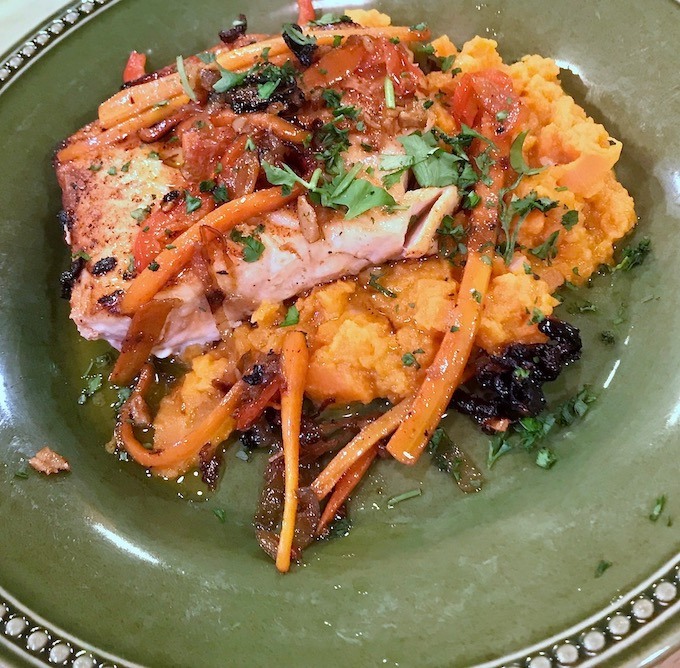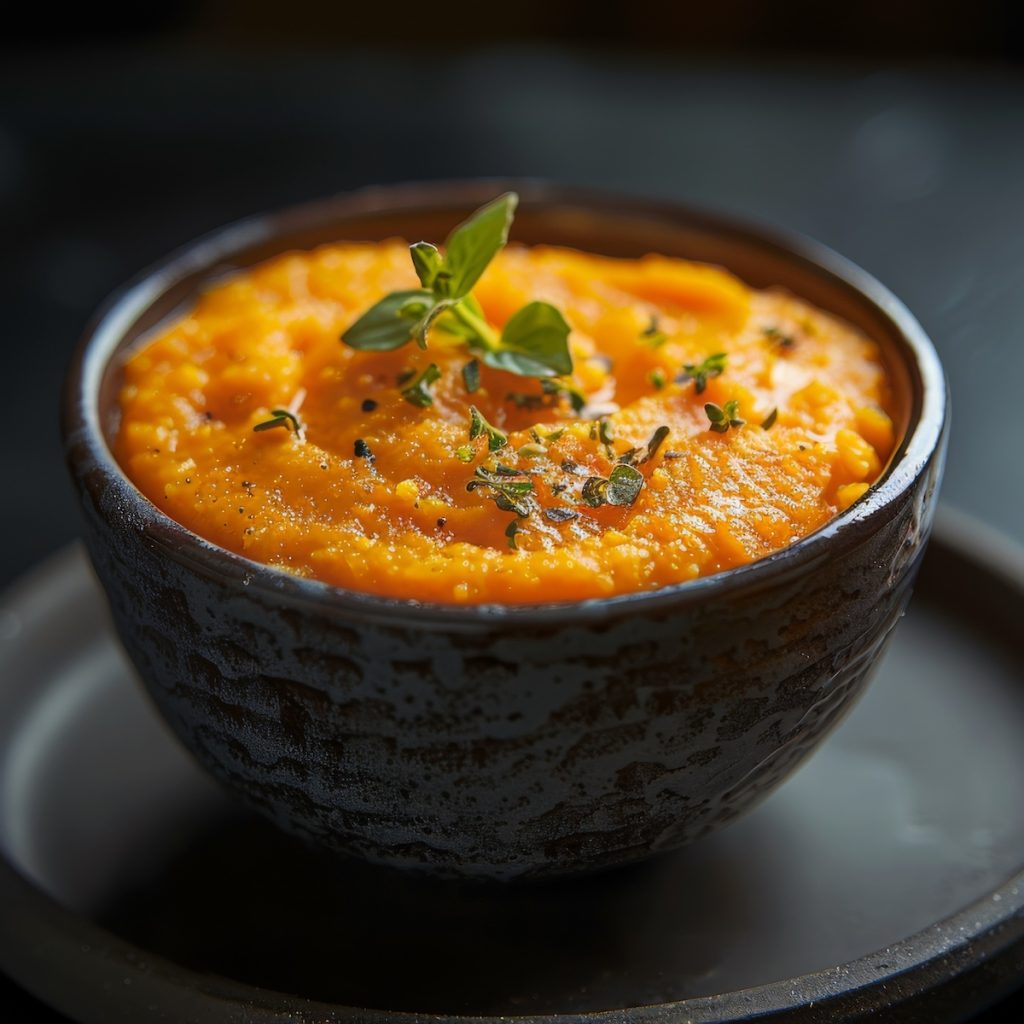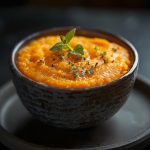How to Make Incredible Carrot Puree
Carrot purée is a vibrant, flavorful side dish that elevates any meal with its smooth texture and natural sweetness. In this recipe, I guide you through creating a simple yet elegant carrot purée that brings out the best in fresh carrots.
By cooking the carrots until tender and blending them with just the right amount of butter and seasoning, you achieve a creamy consistency that complements everything from roasted meats to vegetarian dishes.
This purée is incredibly versatile. It works beautifully as a base for sauces, a colorful plate accent, or even as a wholesome baby food.
The natural sugars in the carrots caramelize slightly during cooking, enhancing their flavor without the need for added sugar. Plus, carrot purée packs a nutritional punch, loaded with vitamins A and C, fiber, and antioxidants.
I focus on straightforward steps and quality ingredients to ensure your carrot purée turns out silky smooth and bursting with flavor every time. Whether you’re an experienced cook or just looking for a simple way to add more vegetables to your plate, this recipe delivers delicious results with minimal effort. Dive in and discover how easy it is to make carrot purée that your whole family will love.
Carrot Puree Recipe
Ingredients
- 1 tablespoon grapeseed oil olive oil works fine too
- 4 carrots peeled & sliced into thin coins
- ½ onion thinly sliced
- 1 teaspoon cumin
- 3 cups fresh carrot juice or chicken stock
Instructions
- Heat a medium-sized pot on medium-high. When the pan is hot, add the oil. When the oil gets hot, add the carrot slices, onion slices, and cumin.
- Sweat the carrots until they start to soften on the edges.
- Add the carrot juice or chicken stock and simmer uncovered for about 20 minutes or until the liquid in the pot reduces by a third.
- We used a hand blender to puree the carrots, which worked well, but you could also transfer the ingredients to a blender or food processor and process until smooth.
- Taste and adjust seasonings with salt and pepper.
- Serve as a side dish to whatever you're cooking.
Notes
Main Dishes That Go Perfectly with Carrot Purée
Main Dish | Description |
| Roast Chicken | The creamy sweetness of carrot purée balances savory roast flavors. |
| Pan-Seared Salmon | Carrot purée adds a smooth, sweet contrast to rich, flaky fish. |
| Grilled Pork Chops | Its natural sweetness complements the smoky char of pork chops. |
| Braised Short Ribs | The purée’s velvety texture pairs well with tender, slow-cooked meat. |
| Lamb Chops | The earthy sweetness enhances the gamey richness of lamb. |
| Seared Duck Breast | Adds brightness and smoothness to rich, fatty duck. |
| Vegetarian Lentil Stew | Offers a creamy side to hearty, spiced lentils. |
| Pan-Roasted Scallops | The purée provides a sweet base that highlights delicate scallops. |
| Beef Tenderloin | Its mild sweetness contrasts beautifully with rich beef. |
| Stuffed Bell Peppers | Adds a smooth, sweet component to the savory filling. |

A puree, sometimes called a mash, is made with cooked fruits, vegetables, or legumes blended in a food processor or blender until they reach a creamy consistency. You can also use a food mill or other food press to achieve consistency.
Think hummus, Baba ghanoush, applesauce, or baby food. Puree comes from the Old French language, meaning “refined.”
Chef Kwame suggests using fresh carrot juice or chicken stock to make the carrot puree. We had homemade chicken stock on hand, but I would like to try making this with fresh carrot juice next time to see how the two compare.
Sweating vegetables is a fundamental culinary technique for coaxing out flavors and aromas while softening their texture. It involves cooking chopped or sliced vegetables in a covered pan over low to medium heat in a small amount of fat, such as oil or butter. The goal is to cook the vegetables gently until they become translucent and tender without browning them.
The process begins by heating the fat in a pan and adding the vegetables, often aromatics like onions, garlic, celery, or carrots. As the vegetables cook, their natural moisture is released, and they soften. The lid on the pan traps the steam, allowing the vegetables to cook in their juices, intensifying their flavor. Sweating vegetables is a precursor to many dishes, including soups, stews, sauces, and stir-fries, as it enhances their overall taste and contributes to a more cohesive final dish.





